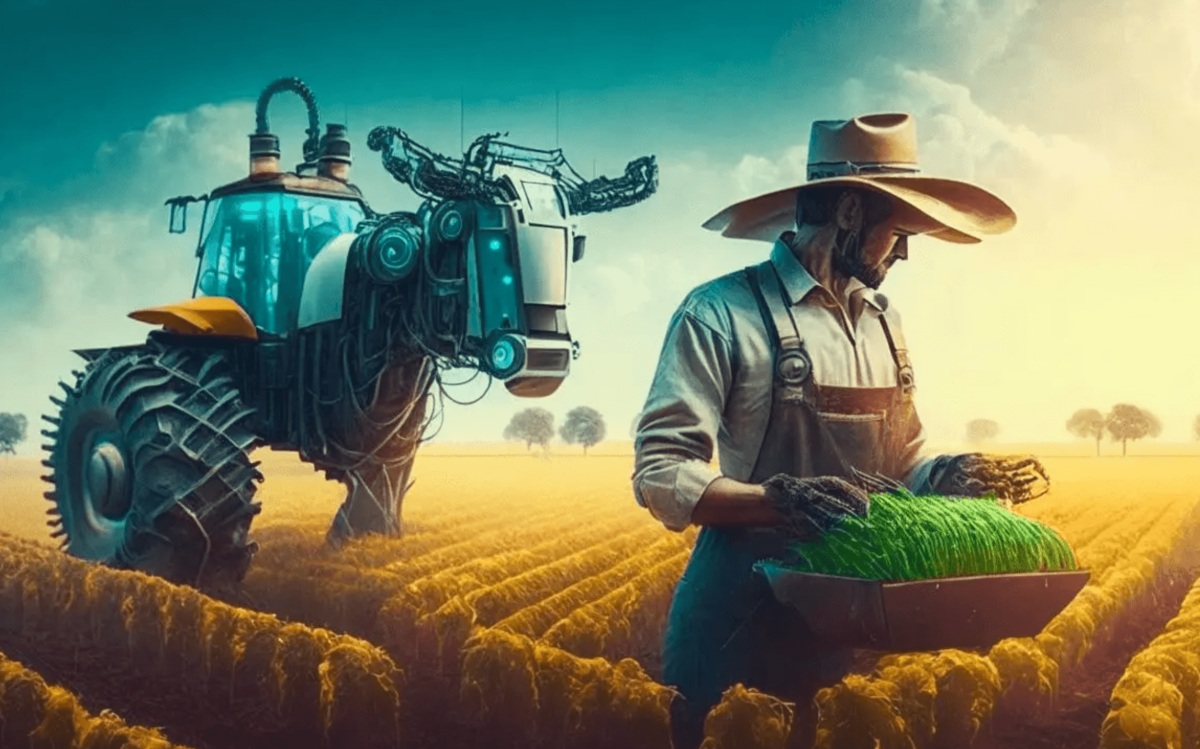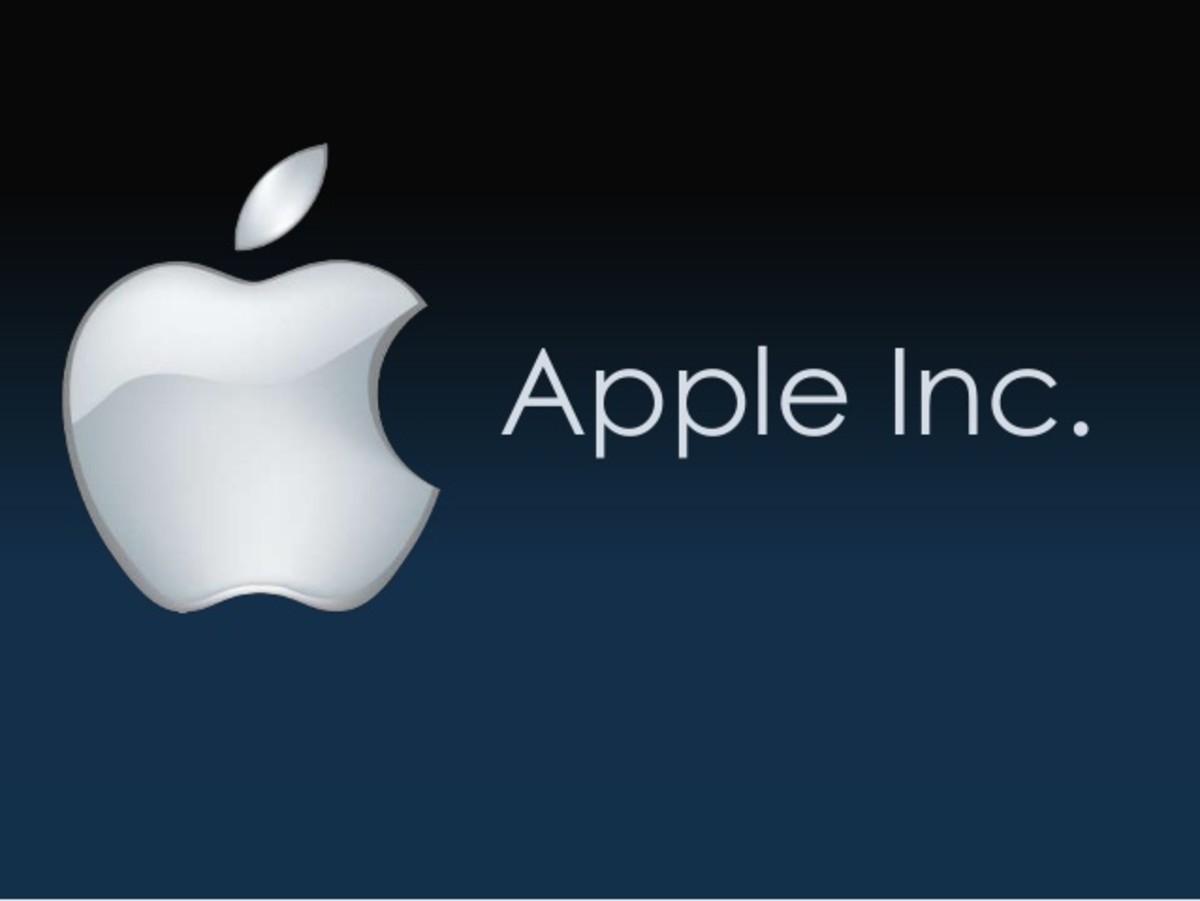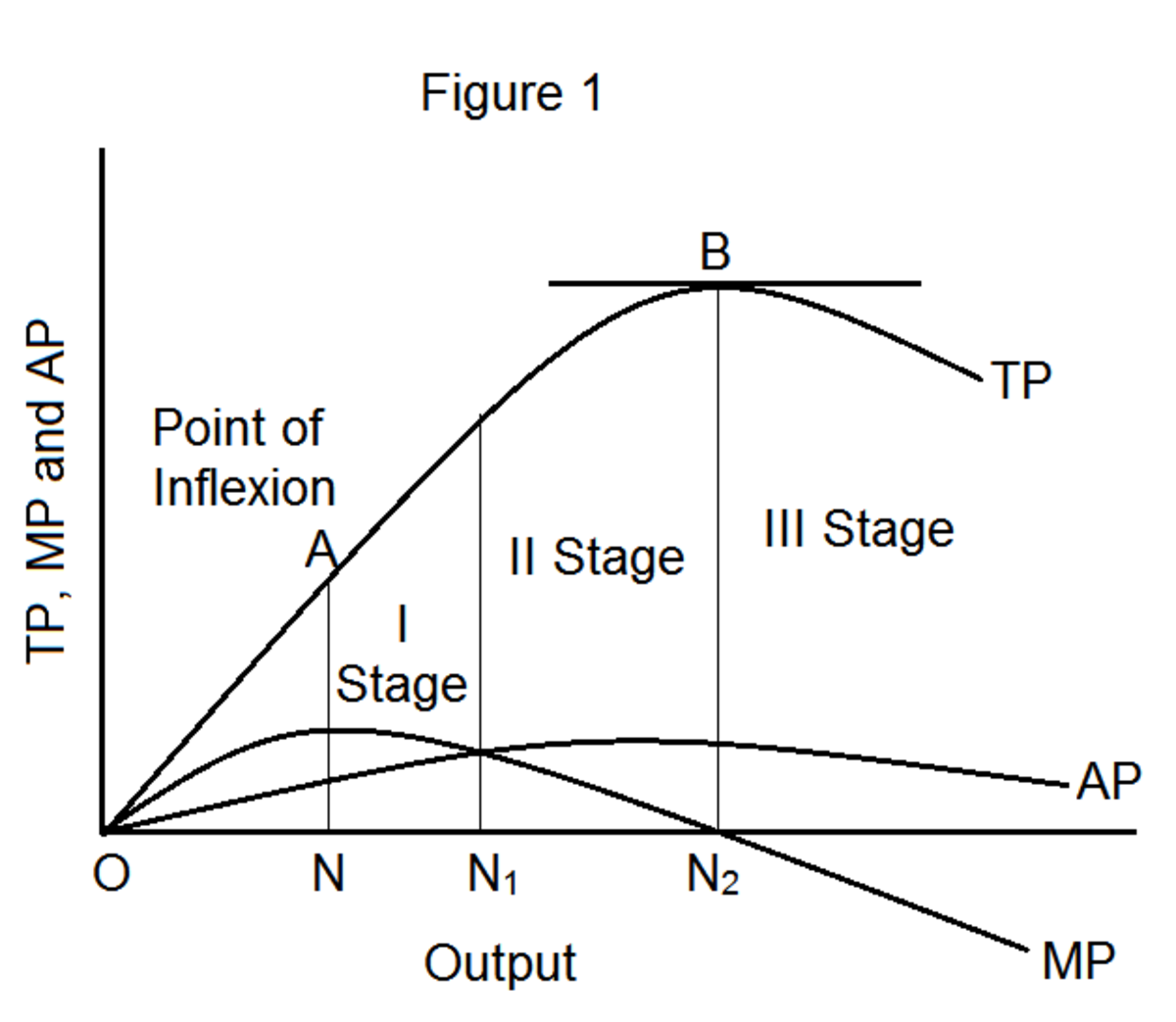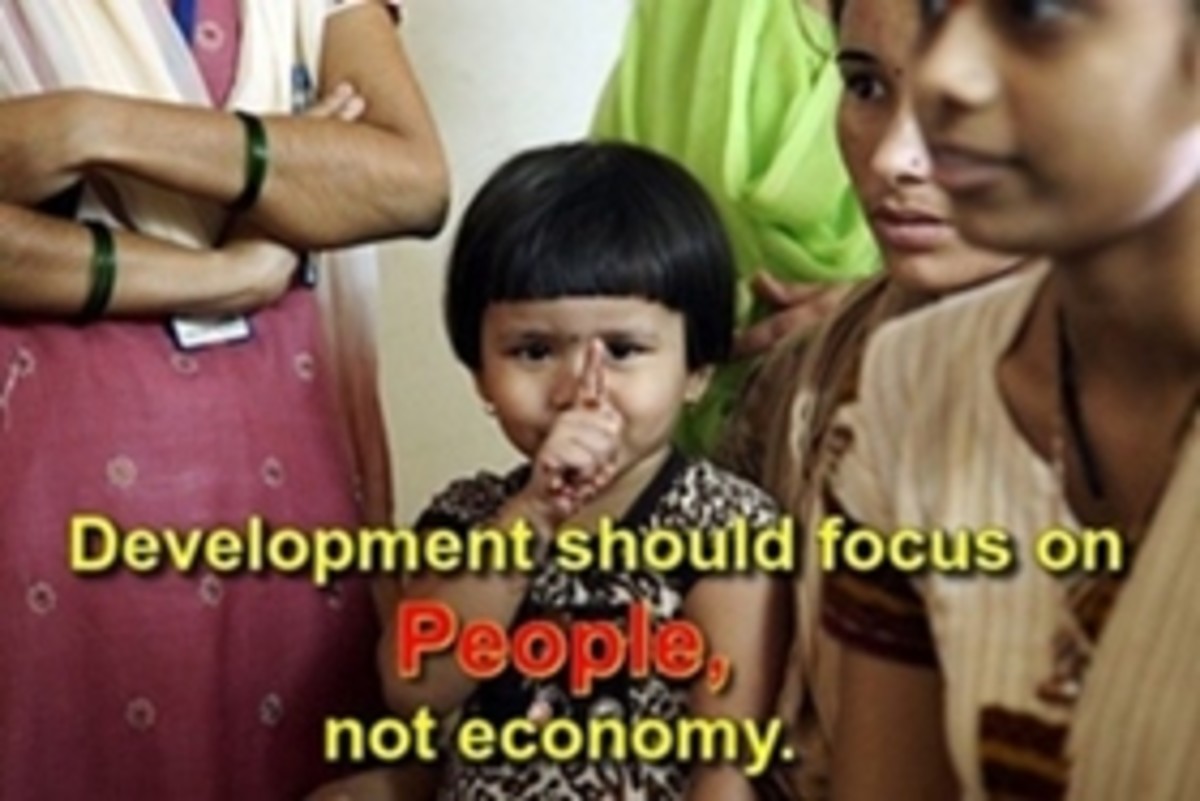Feeding the world in 2050 Part 2
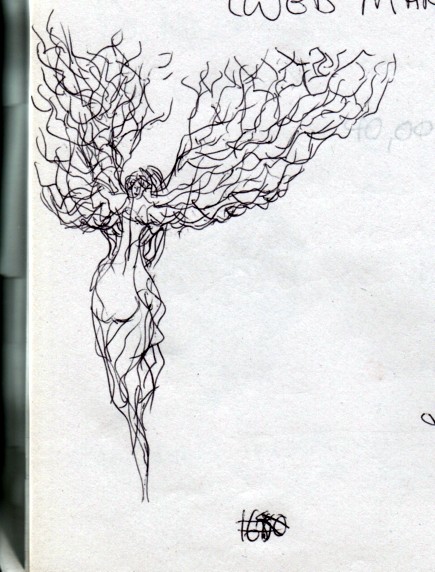
Distribution, storage, supply chain and handling
Food is perhaps the most handling-intensive, complex supply chain of all industries. There are multiple problems, audit trails, and a range of logistics which can easily fill an encyclopaedia. These problems are not insurmountable, but they’re also extremely vulnerable to the other strategic factors at work.
These are also primary commercial factors which can destroy food industry companies, particularly farming operations. The issue for agricultural technology here is a survival issue in many ways:
Distribution
Food distribution is complicated by both production and distribution outlets. Food wastage can be very high, and commercial returns dismal as a result of these factors. Producers and distributors take the big hits. Even the mechanical process of distribution through to retail outlets will have to be rethought as a way of ensuring minimal cost risks and reducing food wastage at all stages through the distribution process. Food technology needs to address creation of a high return, safe, and cost-reliable distribution system.
Storage
Storage is the bugbear of all food industry operators. For farmers, it’s a thankless task of space management and quality issues. It’s expensive, it’s frustrating, and in many cases the food quality suffers after time in storage. This is an area where food technology needs to deliver results which provide actual cost benefits from the point of production onwards.
Food chemistry is the obvious area for development, but there are issues here, too. Preservatives, for example, like spray-ons, add cost as well as long life. Food technology will need to look at very cheap and very reliable preservation options across the entire spectrum of storage capabilities.
Supply chain macro issues
The supply chain macro issues for agricultural and food technologies are gigantic and include all the other supply-related issues. The supply chain dictates real costs across the scale. Agricultural production is usually the first financial victim.
Food technologies in the supply chain must address:
· Production efficiencies
· Transport
· Handling methods
· Storage capabilities and techniques
· Warehousing
· Sales outlets
· Waste
· Food hygiene
This list is a list of inefficiencies waiting to happen unless new technologies get them under effective management. Any aspect of the supply chain can produce cost blowouts. These blowouts hurt the food industry and wider economy. At higher demand levels, they could be disasters.
Food technologies must deal with costs at all stages of supply. With the new demand scenario, the margins for error which were tolerable in the past will no longer apply. The need is to introduce technologies which will systematically ensure a well-integrated, ultra-efficient supply chain with multiple redundancies to cover demand or supply created shortages or other issues.
Handling issues
Handling is a high-maintenance problem inherent in food production and distribution. The most likely scenario for agricultural food handling is a variant on warehousing technologies, but the food version of these technologies, particularly for raw foods, has to be invented and made viable. Cutting handling costs will inject a lot of money into the food sector and support further innovations, too.
Agricultural production technology operational issues
Ground level agricultural technology
Food production in its present form will be unworkable in 2050. It uses up resources at a ridiculously inefficient rate. It takes about 12lb of soil to produce a loaf of bread. The soil must be rejuvenated or it burns out. With reducing areas available for agriculture and spiralling costs of fertilizer and soil management, all areas of agricultural production will be affected severely unless much better, reliable technologies are introduced.
Production methods at ground level
Old farming is on the way out. It can’t be sustainable at the high volumes projected for 2050 when it’s not sustainable now. Therefore these areas need to be targeted for high priority attention:
· Crop types and yields- Agricultural production technology must be able to adapt fast to commercial demands. Currently it’s a slow process and leaves markets with shortages. The best option is “no dirt” farming, using media rather than soils. This type of farming allows commercial agility and raising of multiple crop types. This approach also permits soils to be replenished and properly managed without adding extra pressures on them. The main challenge here is to ensure adequate training and logistics for this type of farming.
· Livestock- Better and more reliable grazing crops are required to ensure proper livestock management. Grazing land is becoming scarcer and under constant impacts from climate, high volume usage and too many additional costs. The process needs to be simplified and cost-beneficial. Feed standards need to be improved to ensure viable production costs. This will require new technology at both production and operational levels.
· Crop growing technologies- The ability to produce adequate and sufficiently diversified, profitable commercial crops is hitting a threshold of tolerance both at production and in the markets. Crop growing technology must develop reliable, climate-tolerant, high yield, cheaper alternative crops to those currently in use. It should also be noted that many new agricultural products have failed spectacularly in hot climates. Crop technologies must be adapted for local growing conditions.
· Soil management- Far more efficient means of rejuvenating soils used for agriculture are now essential. These will require new agricultural technologies on a massive scale. At current rates of usage, soils can be exhausted very quickly and incur massive costs in rehabilitation simply to achieve marginal quality. Existing farmland is under far too much pressure. Soil biota and cheaper organic materials to ensure farmland productivity are required. Fertilizers do not adequately replenish soil chemistry. Phosphates and nitrogen simply provide enough to grow a crop in a good year. In bad years they’re just an added, useless, cost. Crop quality is also often adversely affected Deteriorated soils often just blow away, simply because they no longer have the living mechanisms to hold them together.
· Crop diversification- Recent shortages in food supplies, notably of rice and wheat, reflect technological shortcomings as much as they reflect climate issues and events. The unseen part of these effects is to threaten the viability of agricultural businesses and threaten supply capacity. Crop diversification technology should become standard to maintain commercial operations in bad years and improve commercial viability.
Conclusion and the other big challenge- Time
The challenges are huge for agricultural technology:
· Strategic issues must be given priority to support new agricultural practices and support the food supply chain before 2050.
· Agricultural technology must develop a completely new range of commercially viable options for food supply and production to meet projected demand.
· Each part of the supply chain must maintain commercial viability and be able to manage the costs of introducing new technologies.
· Many existing technologies can be used and developed to improve food supply and commercial cost structures.
· Sustainable management of food supply resources is essential. Any other option is just too expensive in terms of “normal” cost increases, and risks crashing the food supply. The focus of the agriculture sector needs to be fixed on guaranteeing supply of staples and ensure commercial viability of producers and the distribution network. There’s no way around this challenge.
· Agricultural technology must promote all available options to ensure food supply.
· Diversification of crops and production will ensure commercial safeguards for food producers against bad crop yields and financial issues.
Every challenge shown here can be met.
Every desired outcome can be achieved.
The big challenge now is time, because it’s running out:
· New technology has a life cycle. Developing it takes time.
· New agricultural systems can’t be introduced overnight, nor can they be funded out of capital which doesn’t yet exist.
· People need time to be trained to operate new systems throughout the food supply chain.
· It takes time to have costs mapped out from point of production to point of sale.
By 2050, the world will need to feed at least 9 billion people, perhaps more. The world’s markets will have to deal with production and distribution on a scale never before seen. These are life or death challenges, and losing is not an option.

